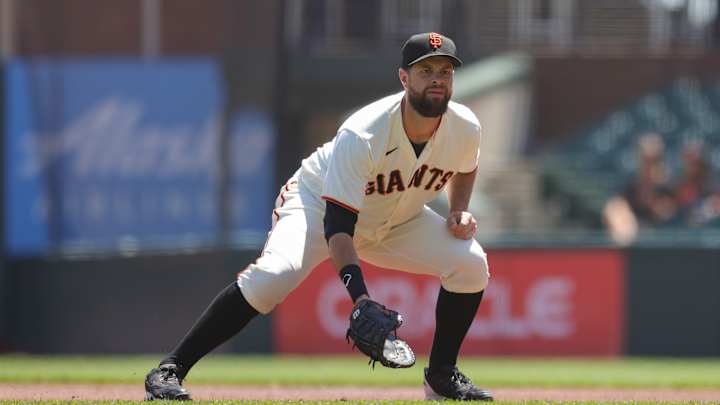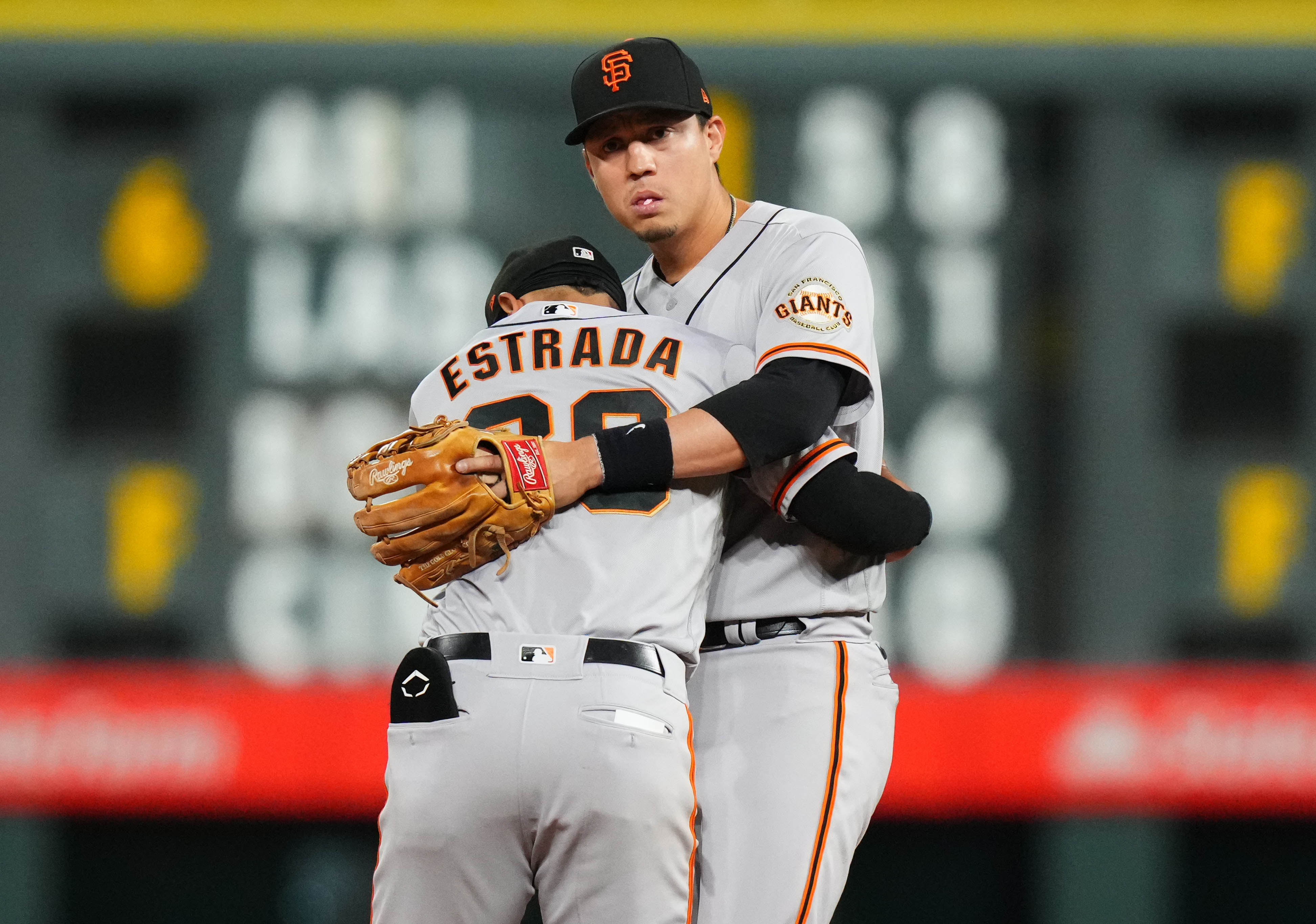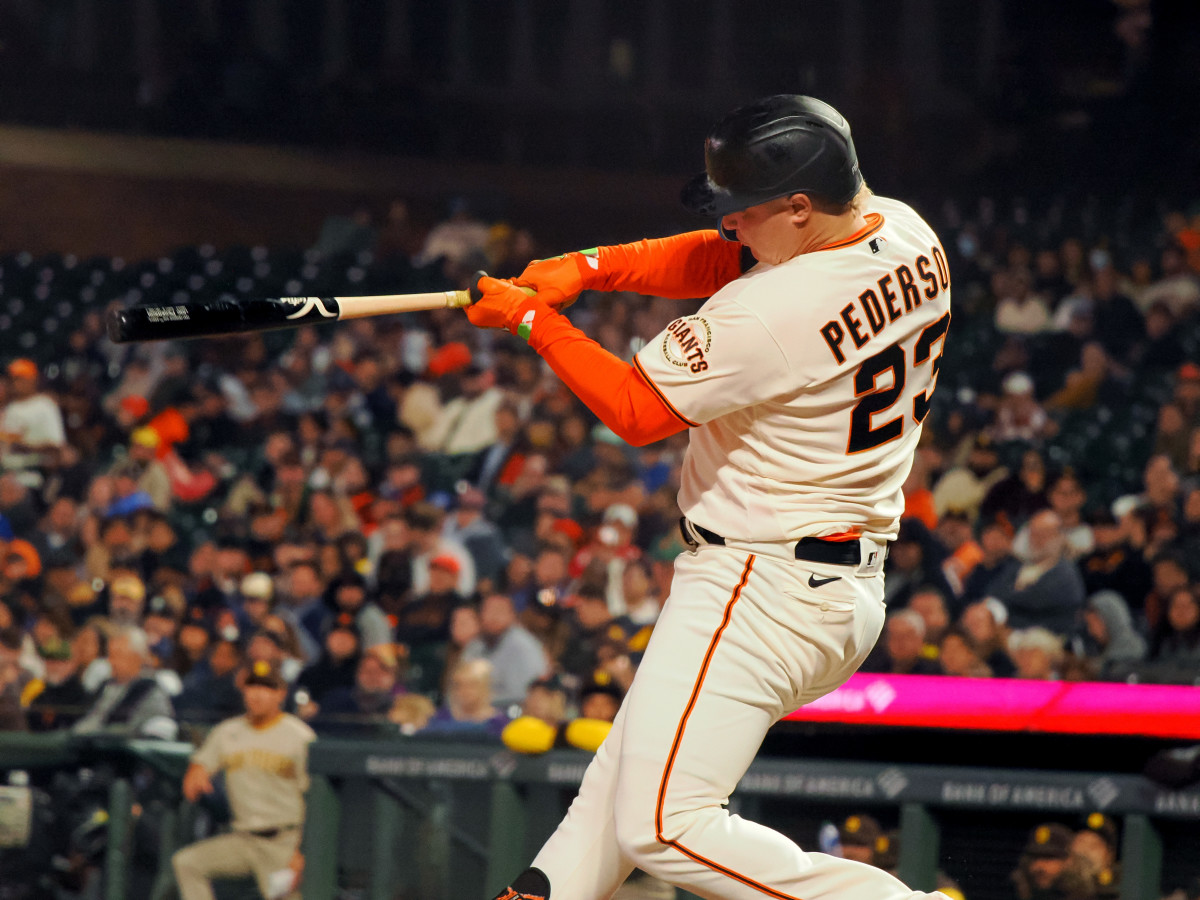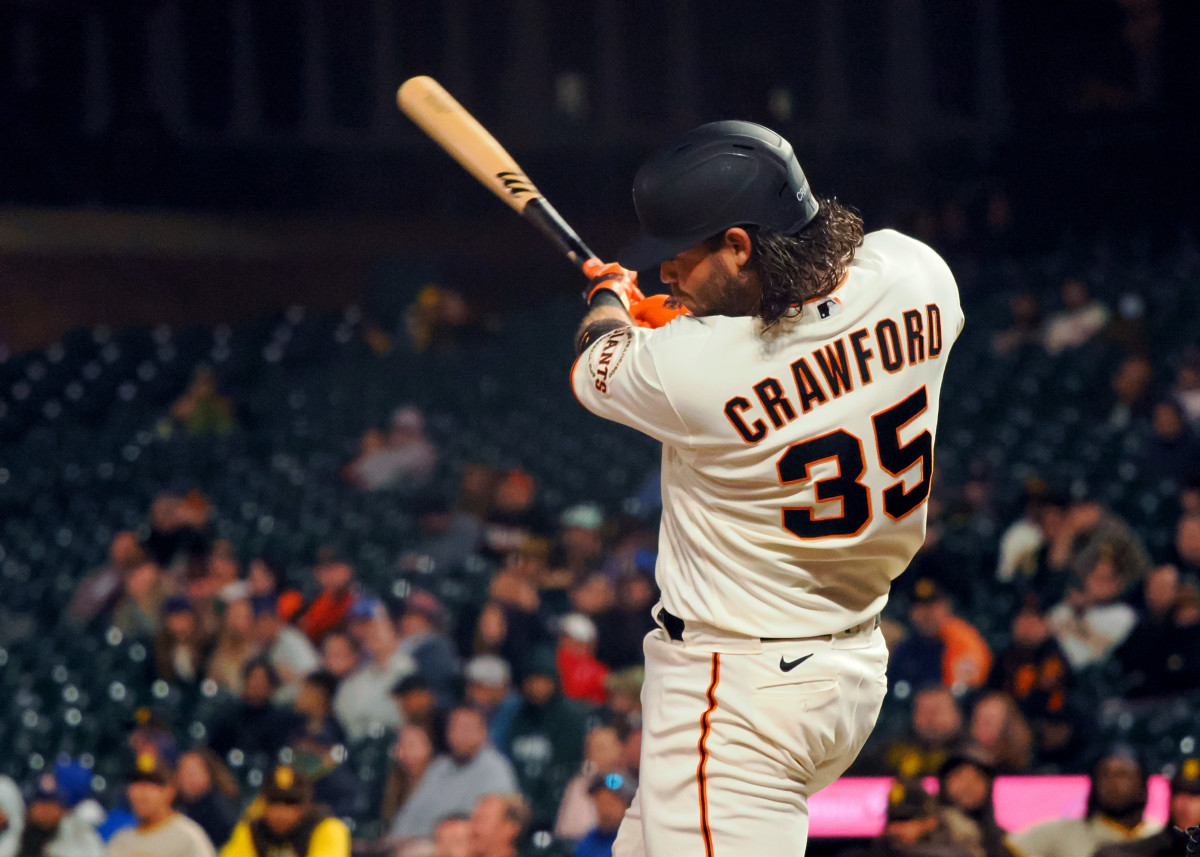SF Giants season in review (Part 4): A truly offensive defense

There’s a sentence that lives rent-free in my head. It has become unshakably intertwined with any discussion of the SF Giants defense:
“The Giants defense will occasionally make you want to eat your remote control.” -Grant Brisbee

Aside from the clever wording, there’s nothing particularly special about this statement, made a few days before the 2021 season. The defense had been bad the year before, and the Giants returned names like Donovan Solano, Wilmer Flores, Tommy La Stella, and Darin Ruf. For a team lacking superstars not in their mid-thirties, this was as uncontroversial a statement as you could make.
However, Apollo decided to slam the dodgeball of prophecy off Grant’s forehead that season. Brisbee's prediction was more than just wrong - it was so wrong that it looped all the way back around to being right. The Giants defense *did* make us all want to eat our remotes… just a year after they somehow became one of the better defensive units in baseball.
In 2021, it was as though every well-placed ground ball, every miraculous defensive stand, and every stroke of luck was conveniently borrowed from 2022 with lender-friendly interest rates. There’s no such thing as a perfect defensive stat, but the law of averages is still a useful barometer. Here’s a list of prominent defensive metrics, and how the Giants’ defense stacked up according to each one in 2021 and 2022.
The Giants rank out of all 30 MLB teams is in parentheses:
Defensive Runs Above Average (Def)
2021: 16.9 (9)
2022: -45.2 (30)
Defensive Runs Saved (DRS)
2021: 32 (11)
2022:-50 (30)
Outs Above Average (OAA)
2021: 27 (5)
2022: -32 (28)
Ultimate Zone Rating (UZR)
2021: 0.8 (13)
2022: -27.0 (28)
(All stats courtesy of FanGraphs)
On the whole, the 2021 Giants were a top-10 defense. The next year, returning almost an entirely identical lineup, they became one of the worst in the league. And it’s not just because of slightly more frequent errors. Every advanced defensive metric confirms what your eyes already told you - the Giants were awful at turning batted balls into outs.
The Giants turned 67.4% of ground balls into outs (per Baseball Reference) a measly tenth of a percentage above the last-place Rockies, and well below the league average of 69.7%. Two and a half percentage points might not seem like much, but that’s the difference between a .225 hitter and a .250 hitter. It’s almost twice the difference between the 2021 Giants offense and their 2022 version that cost the team 16 wins. And it took a village to make a collapse of this caliber happen.
Injuries to the Giants’ defensive stalwarts certainly didn’t help. Brandon Belt, Evan Longoria, and Brandon Crawford took 9 trips to the Injured List by themselves. But that alone wasn’t the culprit.

The less spoken of Joc Pederson’s fielding, the better, but the Giants relied on Darin Ruf and Alex Dickerson despite defensive deficiencies last year, and that worked out for them. Making matters wilder, the Giants had actually
in baseball through their positioning strategies, which means it’s not like they gave up. No, it took a host of factors, including several players just messing up routine plays they have practiced thousands of times, and a terrible stroke of fortune to completely tank the team's defense.
A new ball was introduced in the offseason, and with it, a number of prominent ripple effects. Home runs went down dramatically, from 5,944 last year to 5,215 in 2022. More balls were in play, and like a leaky dam sitting innocently upriver of a humble farming town, the Giants’ defense was not prepared for the ice come spring.
Every sort of mishap imaginable conspired to make 2022 the true “eat your remote” year. If there was a softly hit ground ball, Giants infielders found a way to get to it a step too late. If a runner on second scored on base hit, Giants outfielders forgot to hit the cutoff man on the way in, allowing the hitter to advance into scoring position. If a pop-up found the defensively vulnerable left fielder, forget about it. It all conspired to cause cringeworthy innings that ended up ugly.
The poor defense, in conjunction with a starting rotation full of high-leverage, low-inning guys like Carlos Rodón, Alex Wood, and Alex Cobb, turned out to be the missing plug the Giants needed to keep the dam from bursting. Missed opportunities led to inflated pitch counts, which led to shorter starts, flowing directly into an overworked bullpen and into blown leads, lost games, and general futility.
By the time the Giants got swept by the Dodgers in early August, they’d been effectively knocked out of contention and set the course for the rest of the season. It’s a major area of concern that San Francisco’s front office will need to address through aggressive trades, reinvigorating the minor league pipeline, and being bold in free agency.
Curiously, though, the Giants’ defense wasn’t abysmal the entire way through. Though they were sunk by mistake after mistake in the early summer, the start of the season in March and April and the end of it in September and October featured a much more competent (dare I say elite?) defensive effort.

Perhaps this is exemplified best by Crawford, whose first half was marred by injury and ineffectiveness. But as he got healthier at the end of the season, he flashed the same defensive dominance that he’s come to be known for. With his legs under him, Crawford put on an absolute clinic during a mid-September series at Coors Field, compiled here by videographer Sean Bialaszek:
So perhaps there’s a middle-ground between 2021’s overachieving squad of misfits and this season’s cataclysmically frustrating defense in 2023. It certainly won’t be an easy task to sift through the myriad of questions necessary to get the defense closer to a league-average one.
Should they chase Carlos Correa and platoon Crawford at third? Can Thairo Estrada stick at second? Who can play center to push Mike Yastrzemski to his best position as a right fielder?
Yet, despite the struggles, there are still enough silver linings to hope that a good process will lead to positive regression feeding into itself. Giants fans should hope, so, anyways, because as it stands, the enduring memory of 2022’s defense isn't Crawford’s late-season resurgence, a series of “close but no cigar” plays, or being one injured player away from the perfect alignment.
It's this.

The SF Giants defense made us eat our remotes in 2022. Let's hope they don't make us do it again next year.
SF Giants season in review Part 1: Offense
